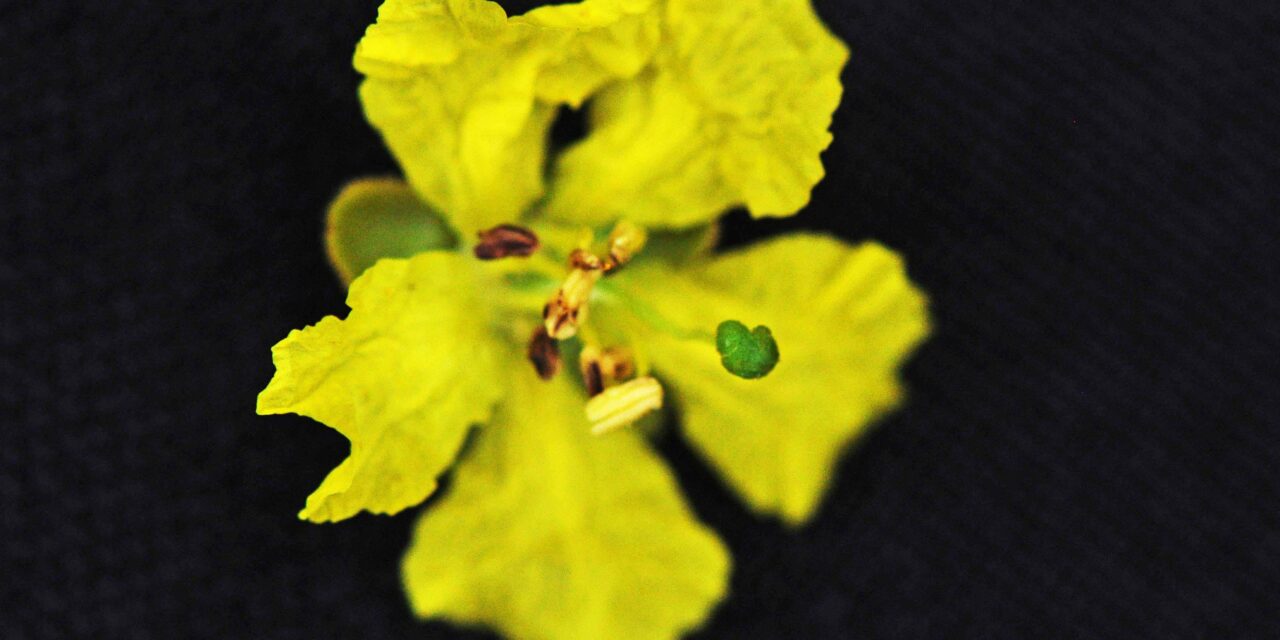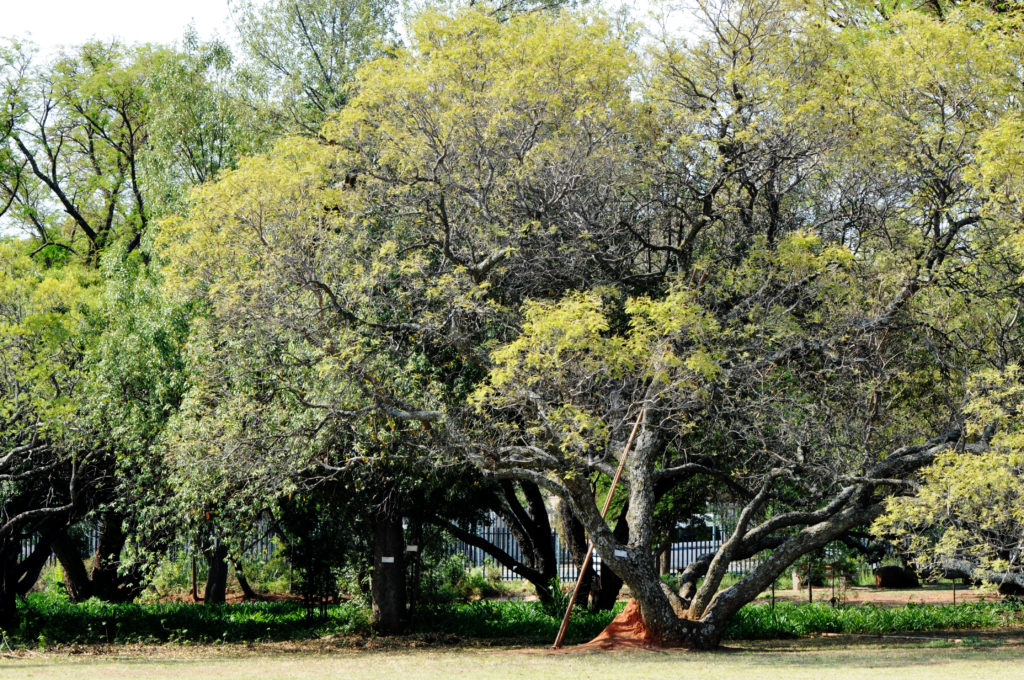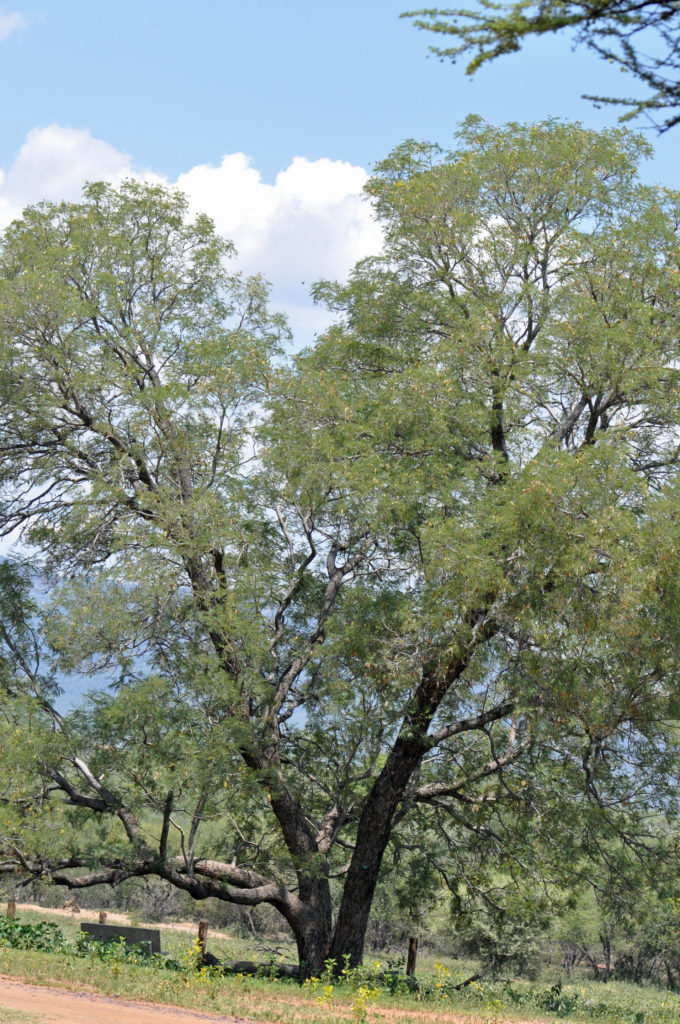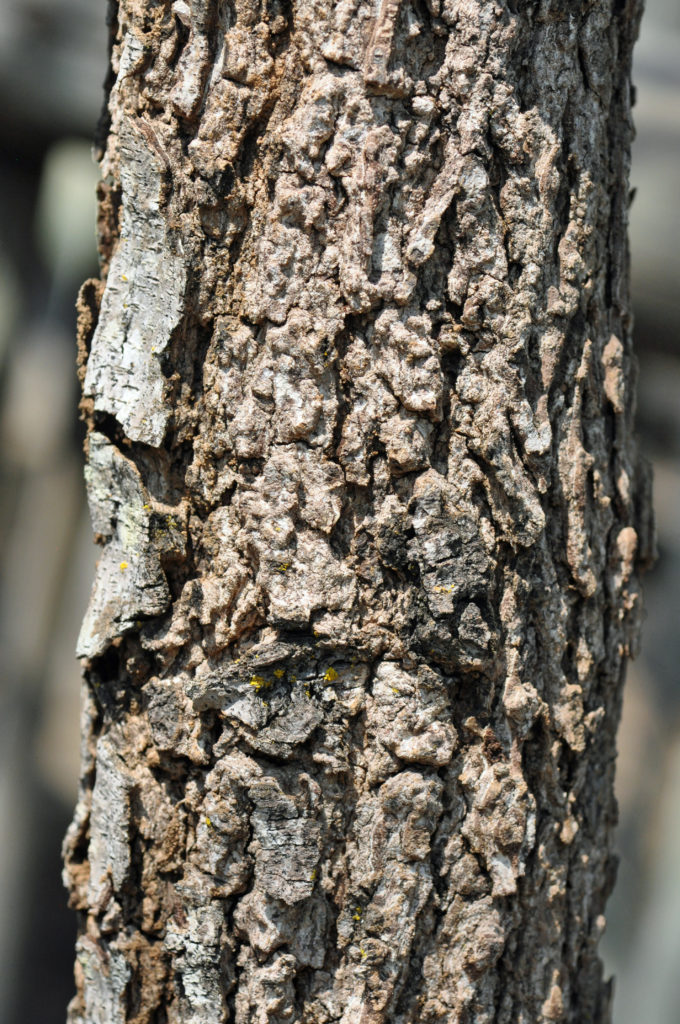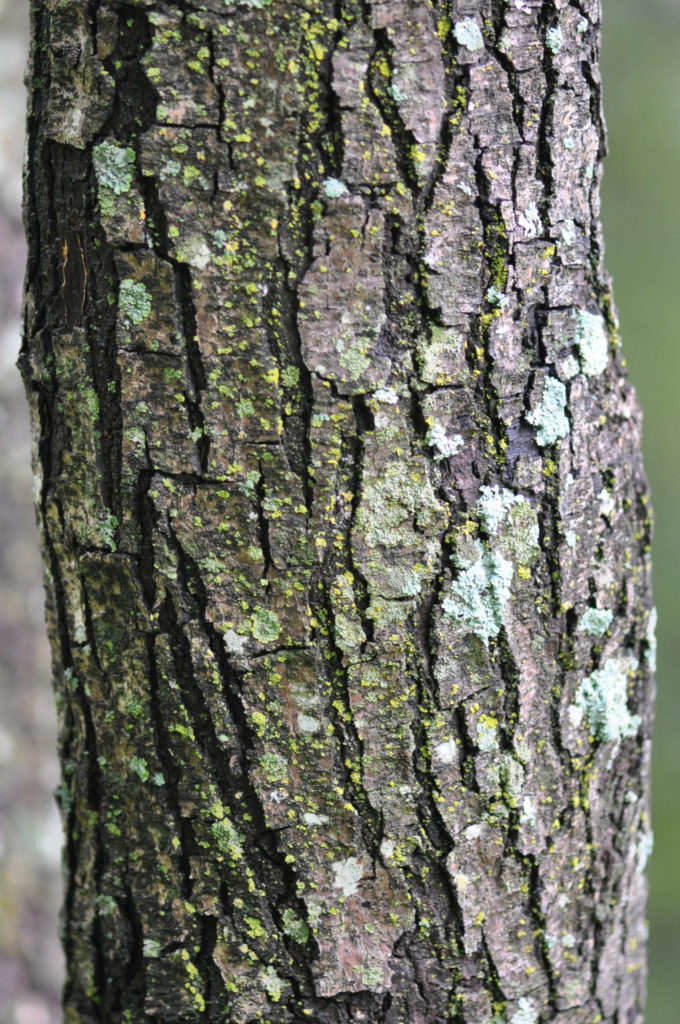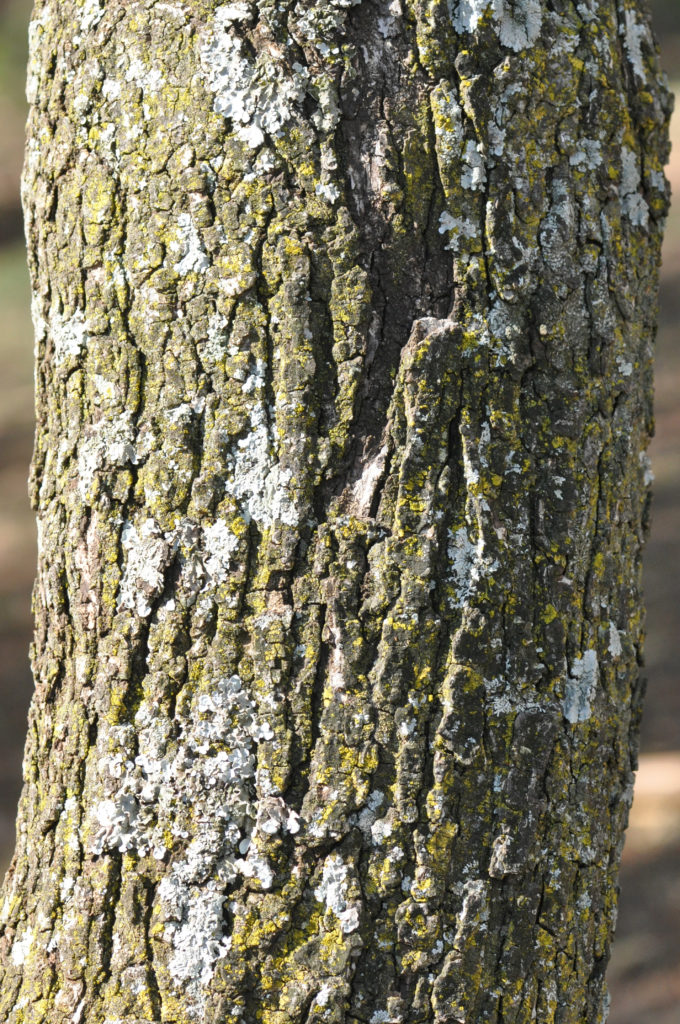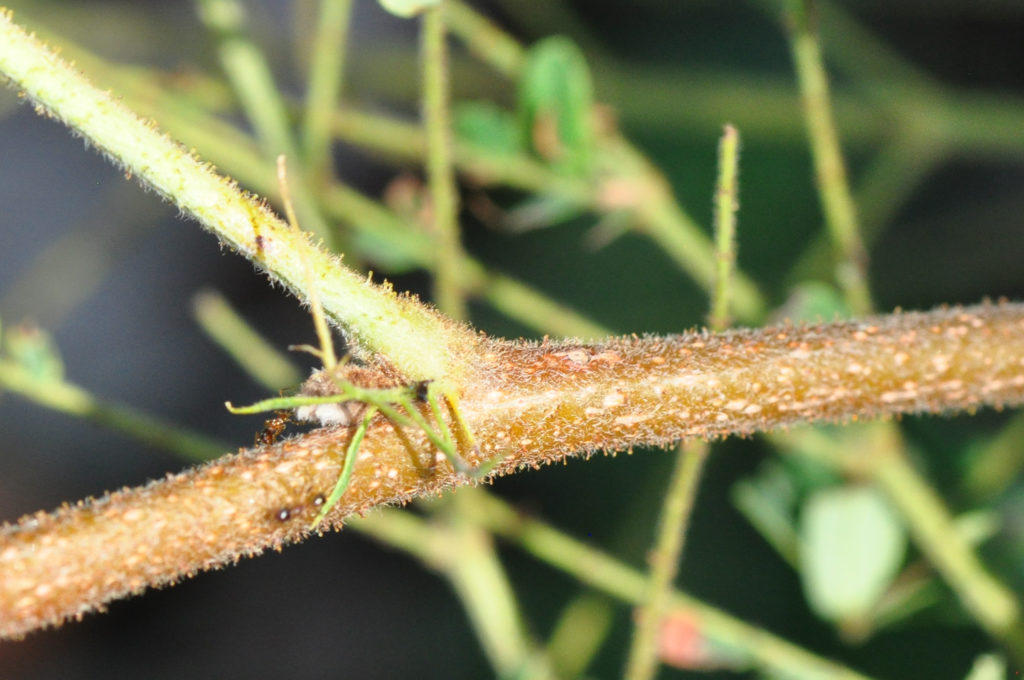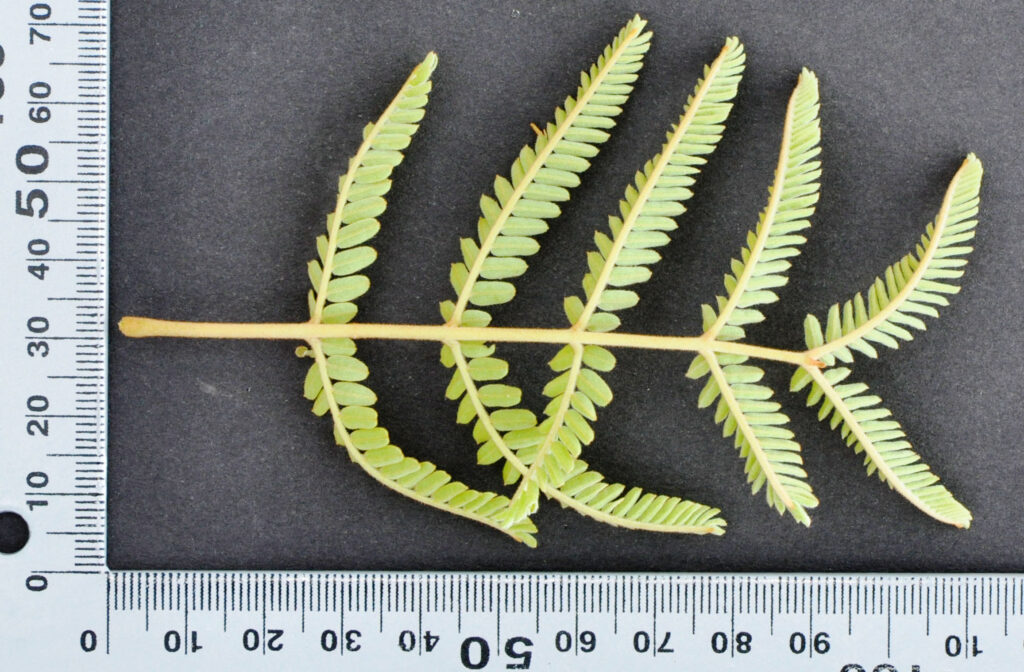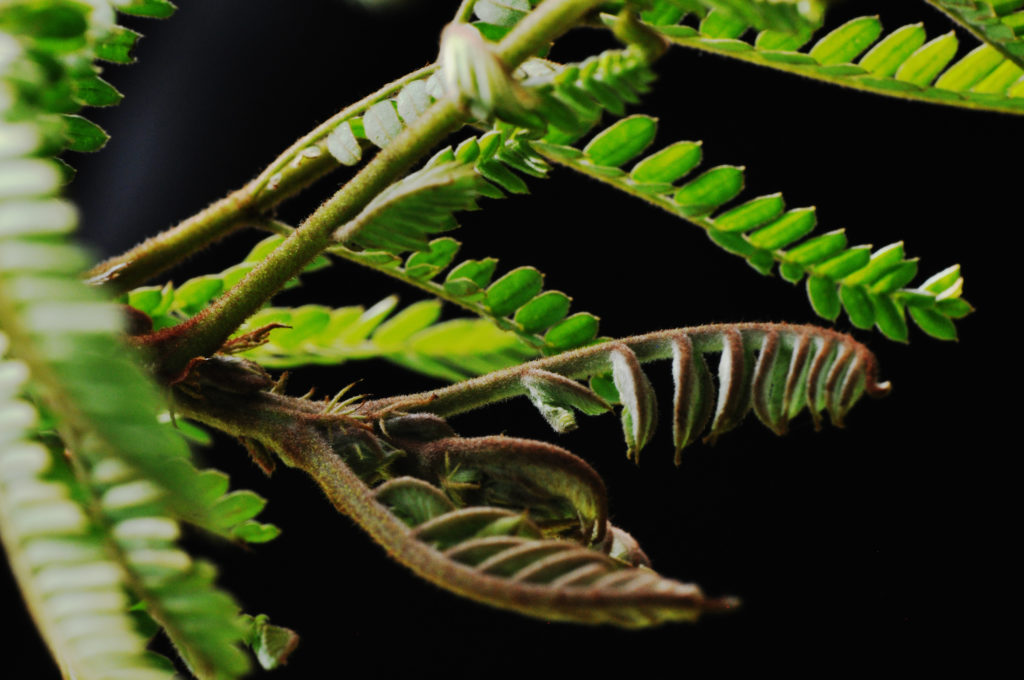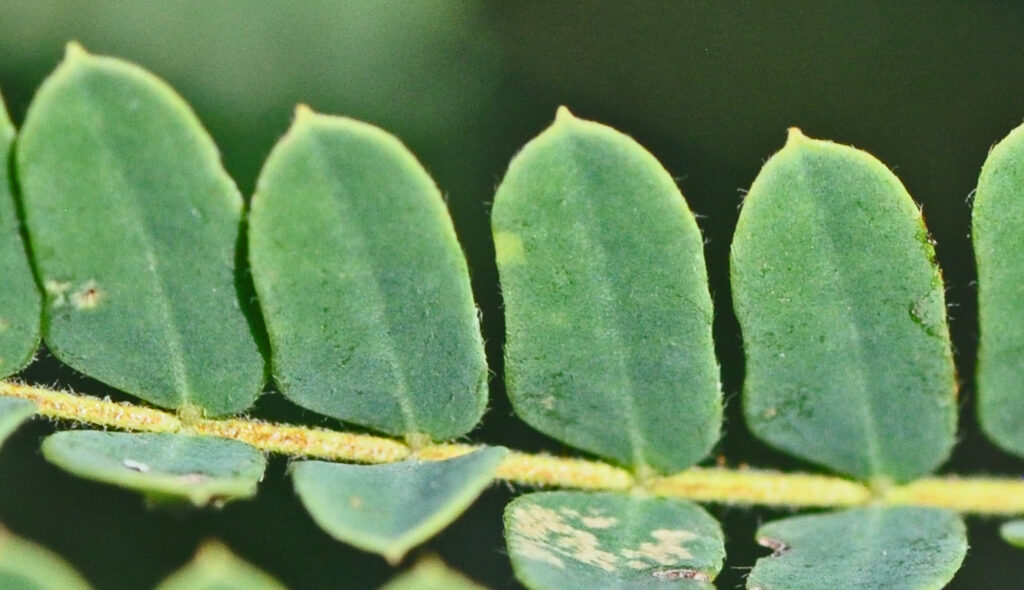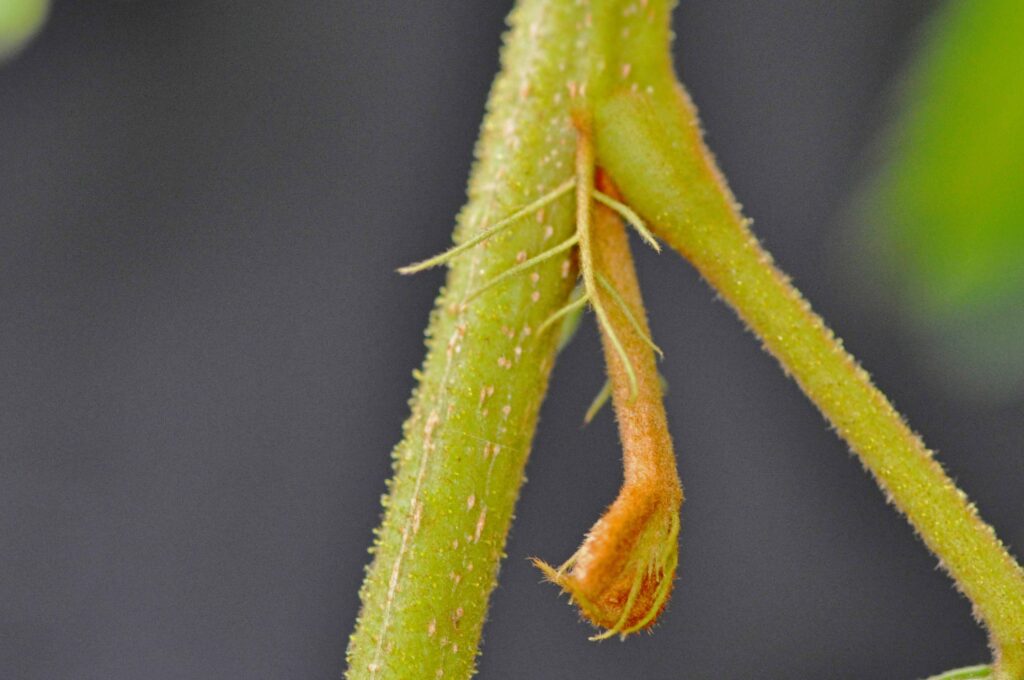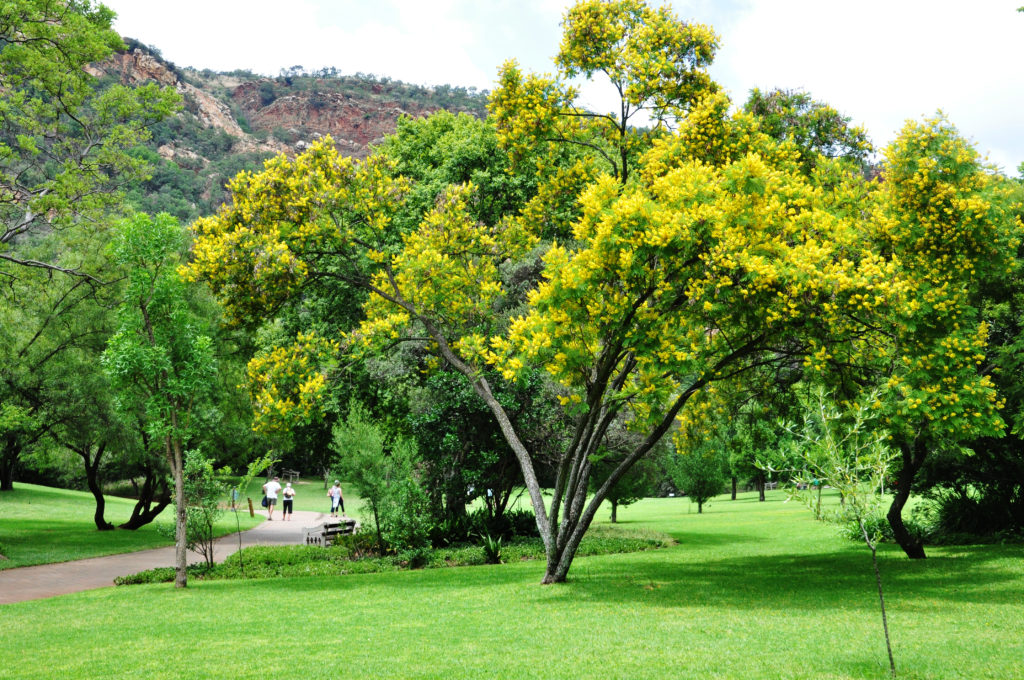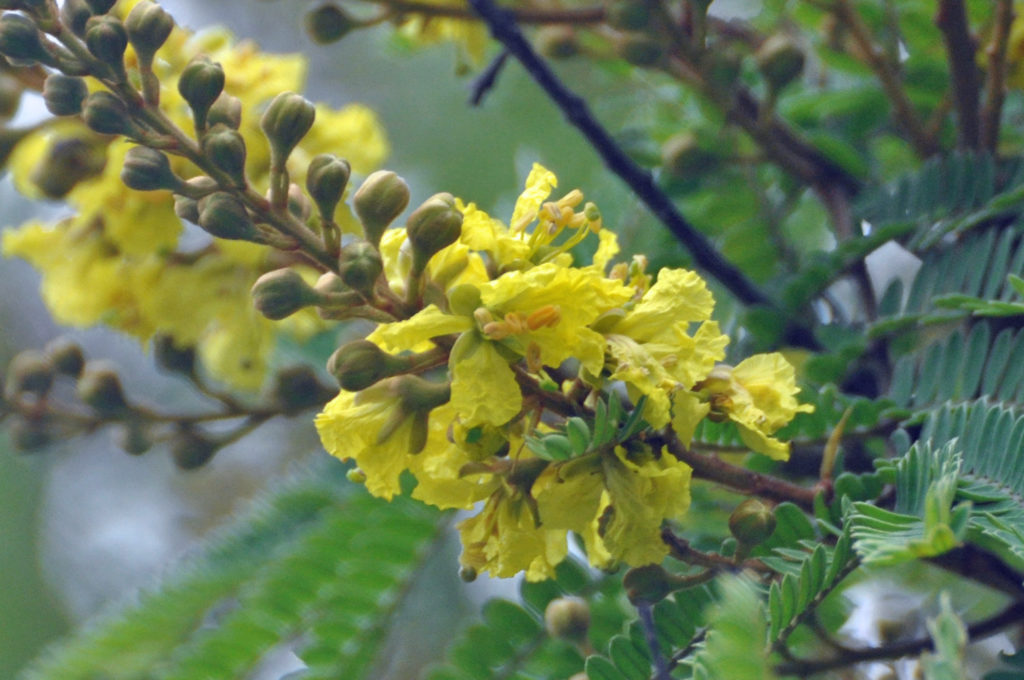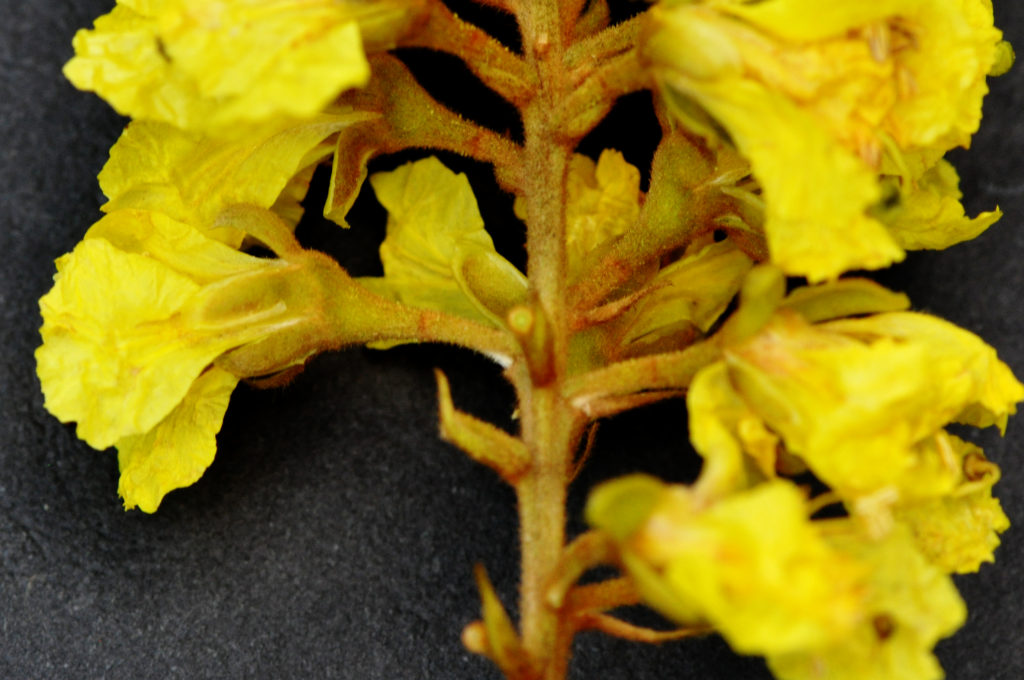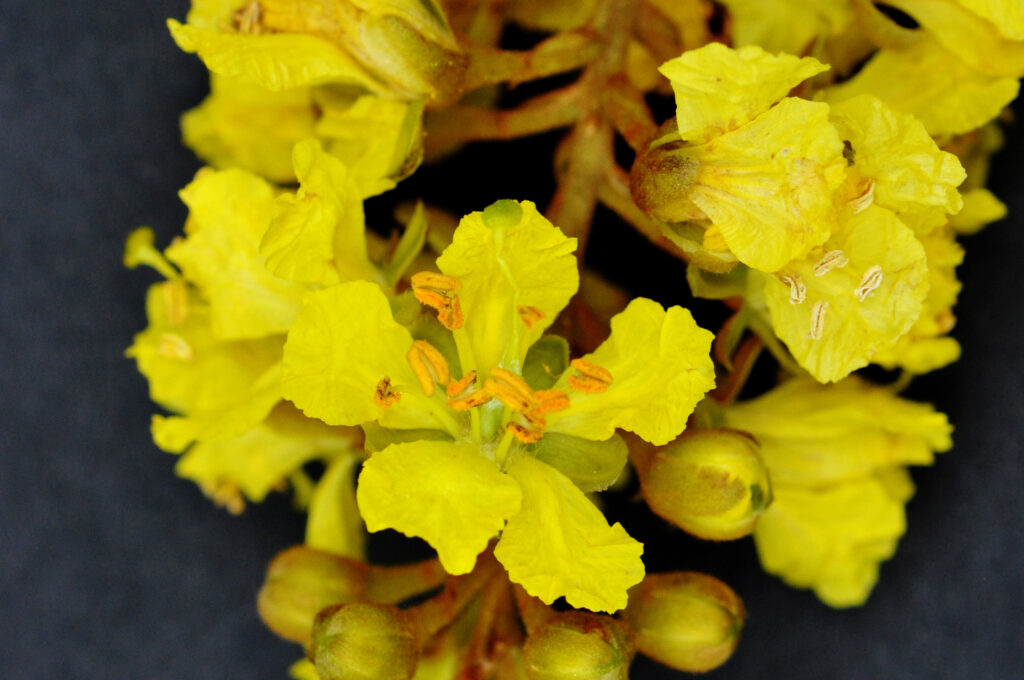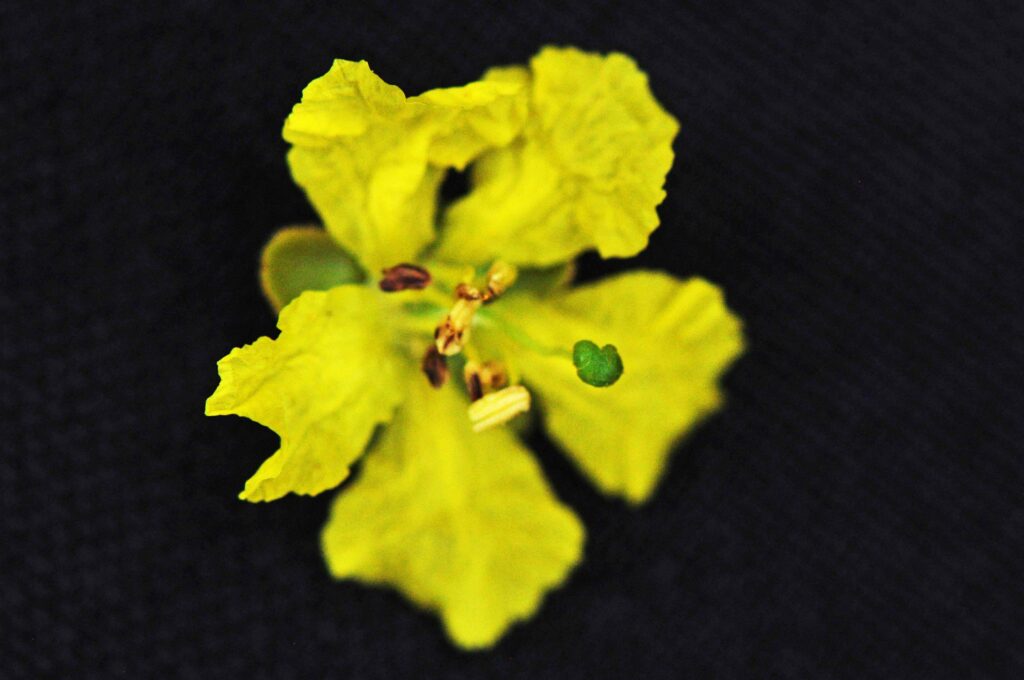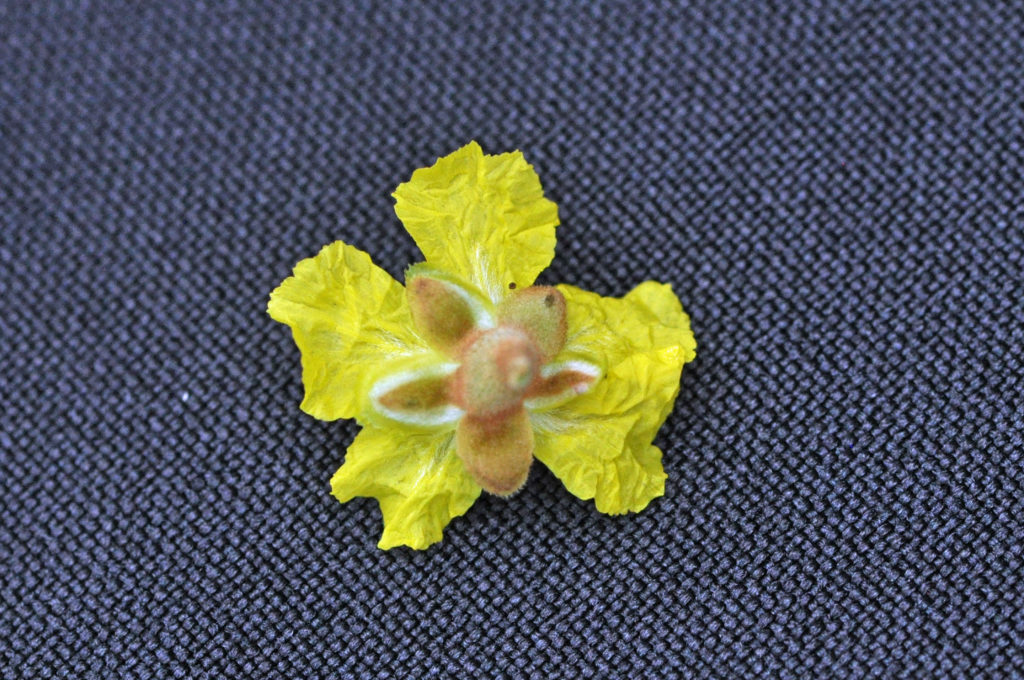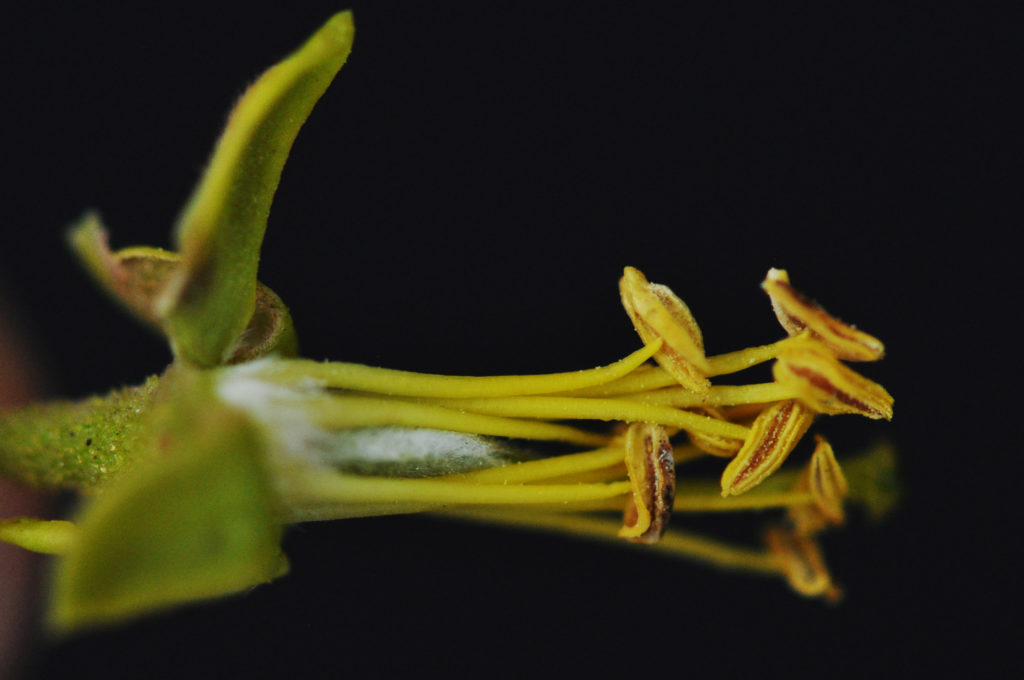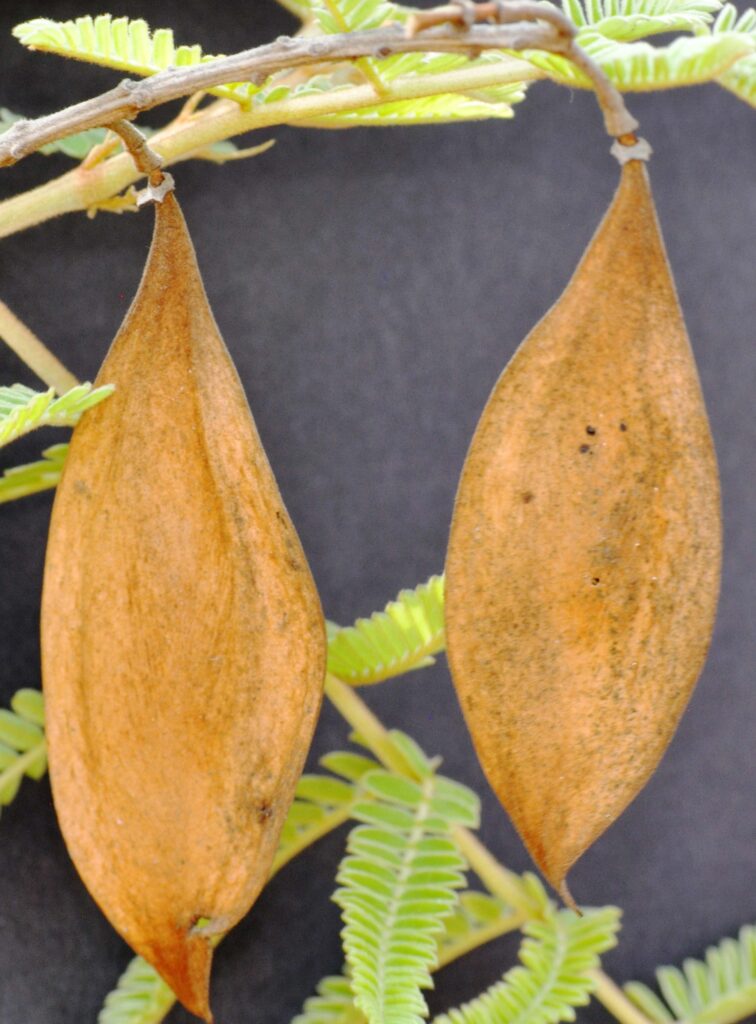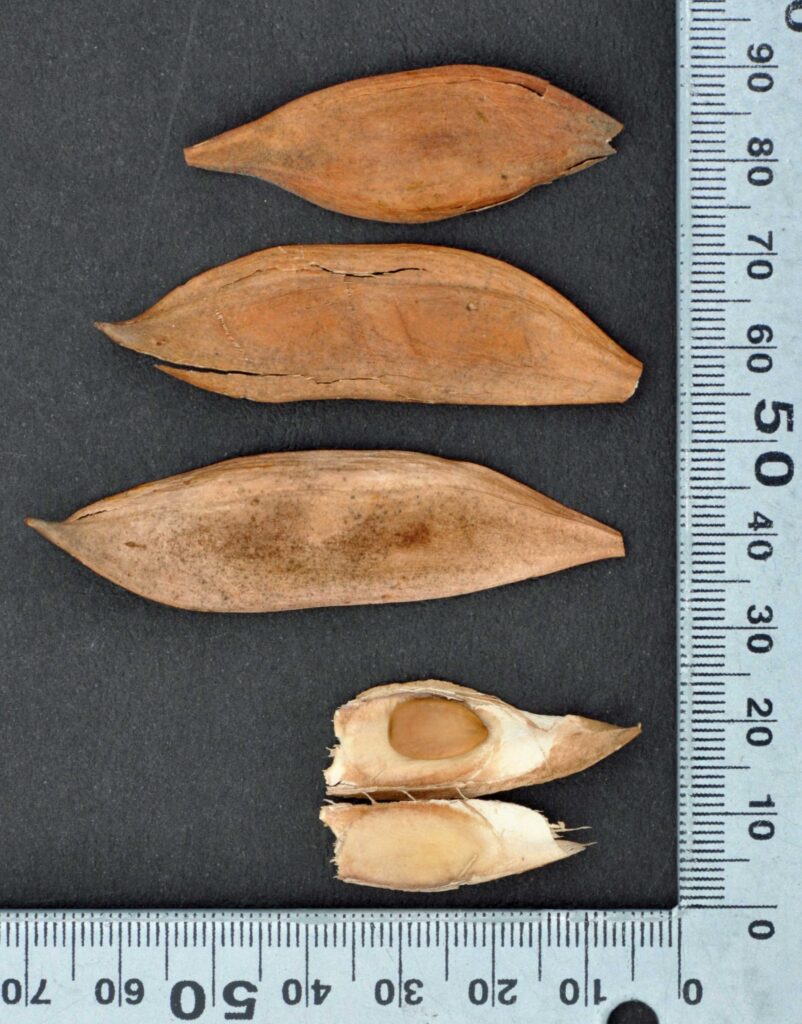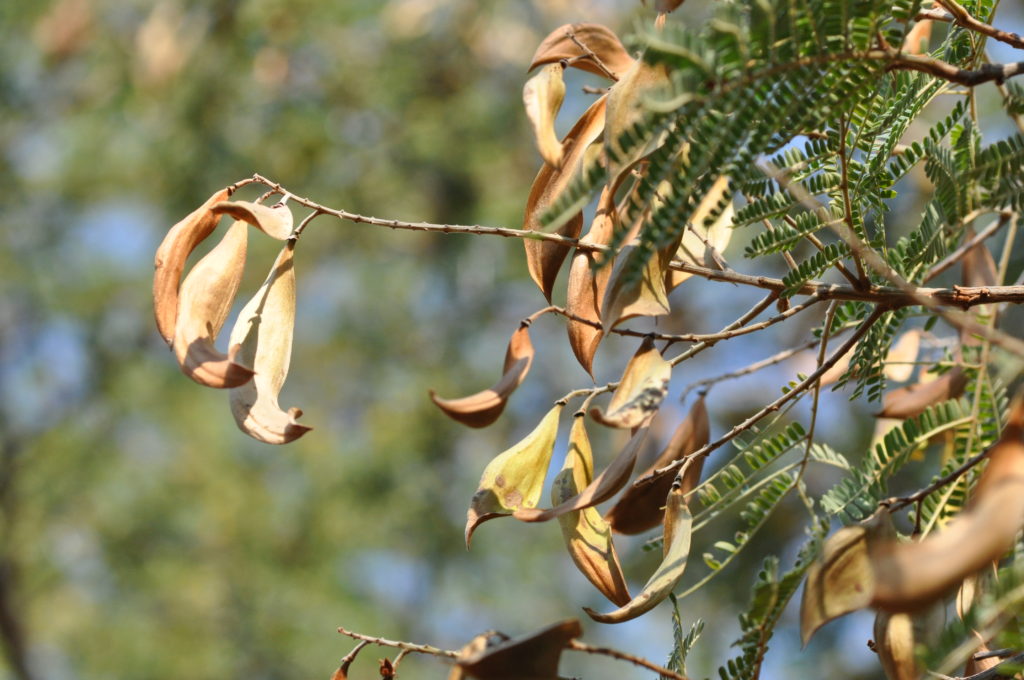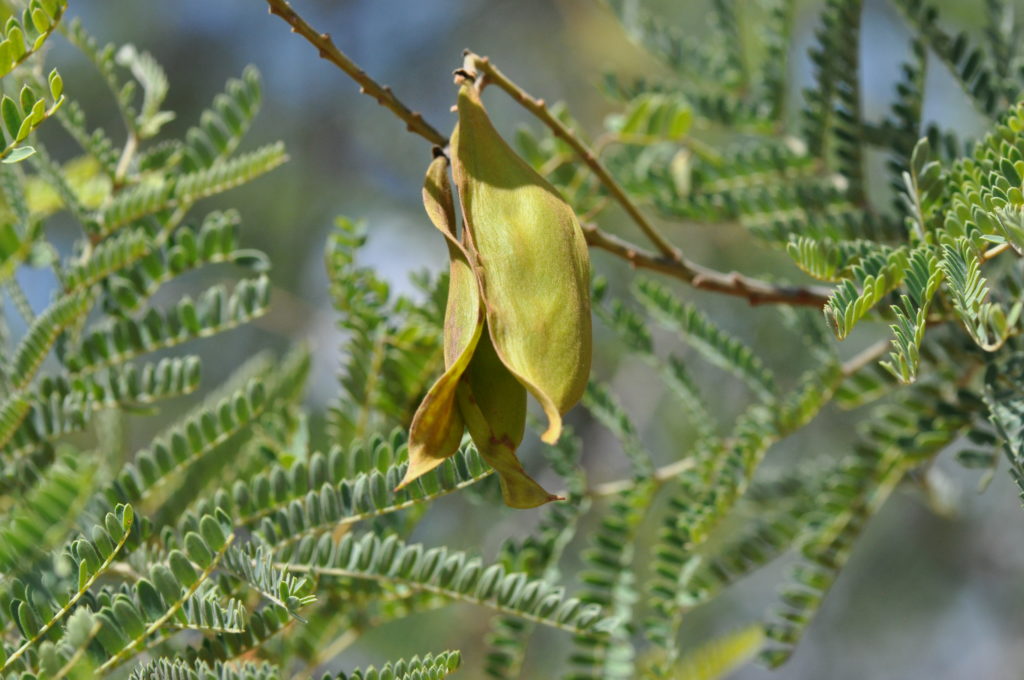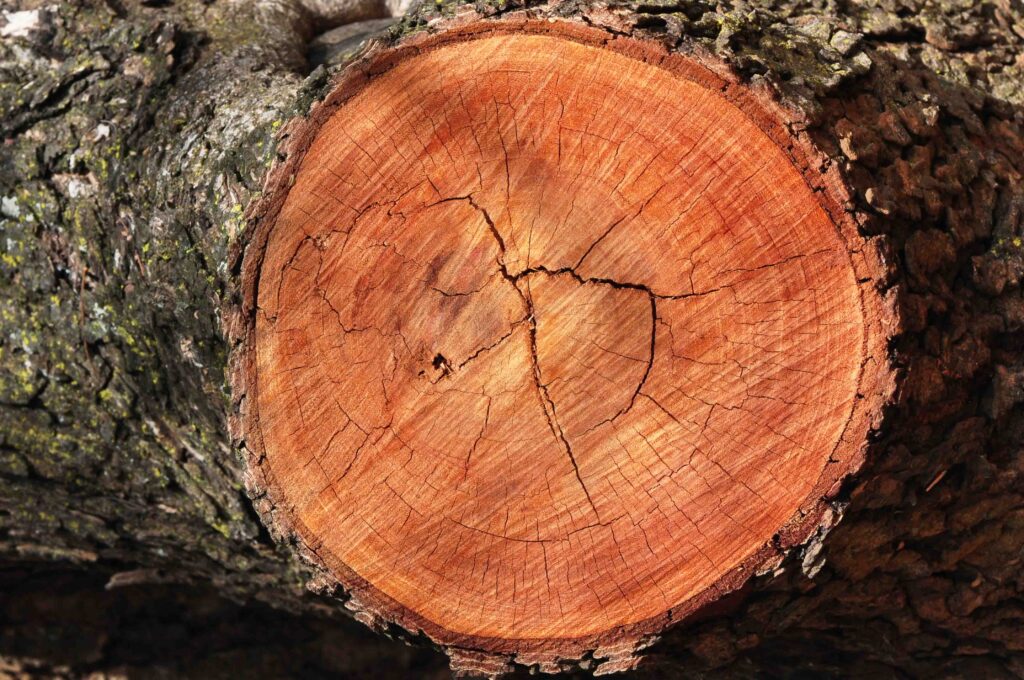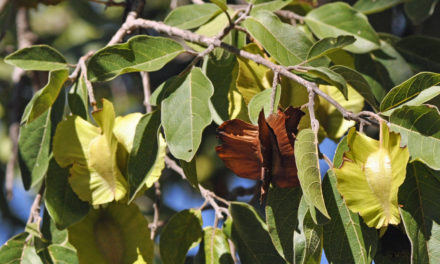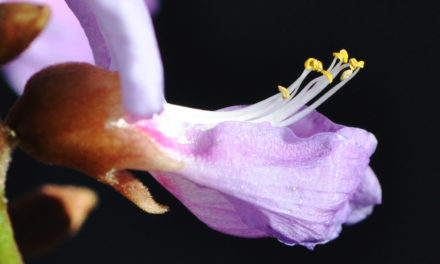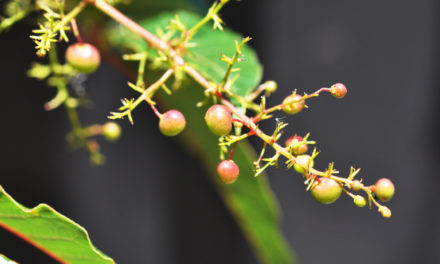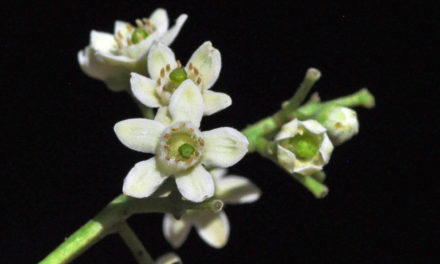General Info – summary
This unarmed, spreading Tree with longitudinally fissured bark is usually up to 10m high. Bipinnate, hairy Leaves have distinctive feathery stipules. Sharp tipped leaflets have entire margins and asymmetric bases. Sweet-scented, bisexual, zygomorphic, 5-merous & spectacular yellow, crinkled Flowers develop in dense terminal racemes. Fruit is an indehiscent, thinly woody, flattish and winged pod, with 1 or 2 seeds.
Description
Peltophorum africanum
Previous Names: Brasilettia Africana.
SA Tree No. 215.
Common names: (Afr) Boerboon, Boerboontjie, Dopperkehatenhout, Dopperkiaat, Huilboerboom, Huilboom, Huilbos, Huilwattel, Kajatehout, Kajatenhout, Kiaathout, Rooikiaat, Rooikiaathout, Transvaalsewattel, Witkiaathout, Wildewattel, Wilde-wattel, Witkiaat, Witkiaathout. (Eng) African Black Wattle, African Blackwood, African Wattle, African-wattle, Black Wattle, Natal Wattle, Rhodesian Black Wattle, Rhodesian Wattle, Weeping Wattle. (isiZulu) Isikhabamkhombe, Umsehle, Umthobo. (Northern Sotho) Mosehla, Mosêhla, Mosese, Motlepe, Motlêpê. (Setswana) Mosêtlha. (siSwati) Isikhabakhombe, Mphungankomo, Umkhabamkhombe. (Tshivenda) Musese. (Tsonga) Ndzedze, Nhlanhlanhu. (Tshivenda) Nhlanhlanhu.
Family: Fabaceae, or Leguminosae (Pea, bean or legume family). After the Orchidaceae and the Asteraceae, the Fabaceae is the third largest Angiosperm (flowering plants) family with 700+ genera and close to 20 000 species. Local Tree genera on this website include Acacia (Vauchellia, Senegalia), Albizia, Bauhinia, Bolusanthus, Burkea, Calpurnia, Colophospermum, Cordyla, Cyclopia, Dichrostachys, Erythrina, Erythrophleum, Faidherbia, Indigofera, Mundulea, Peltophorum, Philenoptera, Piliostigma, Schotia and Xanthocercis. The Fabaceae are recognisable by their fruit and by their pinnately compound Leaves. Leaves may also be simple – even bilobed and usually have stipules – some of which may be spinescent. Leaflets are usually entire. Flowers are bisexual and bracteate. Regular flowers usually have 4-5 sepals and the same number of petals. Irregular flowers have 4-5 sepals and 5 or less petals. Stamens have anthers that have 2 pollen sacs and there are usually at least twice the number of stamens as petals – often 10. The superior Ovary has 1 locule containing 1 or more ovules. The Stigma and Style are simple. The single carpel develops into the Fruit, which is usually a pod. The mature pods dehisce or break into segments. Seeds vary.
Name derivation: Peltophorum – shield shaped – referring to the stigma (green in the intro photo). africanum – from Africa. This is the only species of Peltophorum in South Africa. The fact that this plant lacks spines helps to distinguish it from the genera Senegalia and Vachellia.
Conservation: National Status: L C. (Least Concern). Assessment: 2011.06.06 (L. von Staden).
Tree
There are no spines or thorns on this Tree. It has a spreading rounded crown and is usually 5-10 but may reach 15m high. Branches often occur near ground level (photo 693) and may be crooked or forked close to the ground (photo 301). The Trunk is often multi-stemmed. The Bark on an older trunk can be grey to brown, rough and becomes longitudinal fissured (photos 640, 511 & 688). Twigs (1-year-old current branch segments) have lenticels (usually raised corky oval or elongated area on the plant that allows the uncontrolled interchange of gases with the environment – photo 946). In this photo, the rusty coloured hairs on the twig are visible.
- 693 2014.10.30 Pretoria NBG. Photo: David Becking.
- 301M 2014.02.18 Marakele NP. Photo: David Becking.
- 640 2014.09.13 Lowveld NBG. Photo: David Becking.
- 511M 2014.12.09 Walter Sisulu NBG. Photo: David Becking.
- 688 2014.10.30 Pretoria NBG. Photo: David Becking.
- 946 2014.09.15 Lowveld NBG. Photo: David Becking.
Leaves
This tree is usually deciduous and the feathery, silvery grey, alternative Leaves are similar to those of “acacia”. They are bipinnate (compound: twice-pinnate leaves. The rachis – central axis, has lateral pinnae “branches” not leaflets and the pinnules “leaflets” are on these “side branches”). There are 4-9 pairs of pinna “branches” up to 9 x 3,5cm long with 8 – 22 pairs of Pinnules (Leaflets). The furry Growing tip is often rusty brown (photo 558) and young Leaflets are folded lengthwise (photo 558). The usually paired leaflets are small and about 9 x 3mm (photo 949). They are oblong, slightly spaced apart and densely hairy below. Each leaflet is dull olive green above (photo 558) and paler green below (photo 690). The Apex is rounded with a fine distinctive pointed tip (photo 949). The Base is asymmetric (not equal to the opposite side – photo 949) and the Margins are entire (with a continuous margin, not in any way indented – photo 949). The leaf Rachis is grooved on the upper surface. Rusty brown, velvety Hairs envelope the Petiole (leaf stalk – photo 946 under Tree), the Rachis (main axis bearing flowers or leaflets – photo 946 under Tree) and Leaflets (photo 949). Each distinctive feather shaped Stipule (basal appendages of the petiole) is small and resemble tiny ferns (photo 519) and is caducous (an organ or part of which is easily detached and shed early).
- 690 2014.10.30 Pretoria NBG. Photo: David Becking.
- 558 2015.10.20 Walter Sisulu NBG. Photo: David Becking.
- 949 2014.09.15 Lowveld NBG. Photo: David Becking.
- 519. 2014/12/09. Walter Sisulu NBG. Photo: David Becking.
Flowers
The sweet scented, very showy, bright yellow Flowers are 5-merous. They often occur in dense axillary sprays up to about 22cm long, in erect Racemes (a simple elongated inflorescence with stalked flowers – photo 632, that open in succession towards the apex – photo 552. Each flower is bisexual, up to 2cm wide and slightly zygomorphic (floral parts unequal in size or form so that the flower is capable of division into essentially symmetrical halves by only one longitudinal plane passing through the axis). The reddish-brown Calyx (photo 148) is hairy and has a short bell-shaped tube with 5 lobes that are longer than the tube (photo 632). The Corolla has 5 bright yellow, distinctly crinkled Petals (photo 629). These petals are all almost the same size – about 2cm in both diameter and length. Two petals are not joined to form a keel – as in the sweet-pea type flower. There are 10 free, declinate (bent downward or forward, the tips often recurved) Stamens. Long soft hairs cover the base of the Filaments. The Anthers are versatile (hung or attached near the middle usually moving freely) and open through longitudinal slits (photo 151). There is a single Pistil (a unit of the Gynoecium, the female element of the flower, composed of the Ovary, Style and Stigma). Here the superior Ovary contains 1 locule usually with 2 ovules. The single Style ends with a broad, shield-shaped Stigma (green in photo 154). Reddish-brown, velvety hairs cover the Pedicel (flower stalk) and the backs of Sepals. Bees are probably responsible for Pollination (Sep-Feb).
- 294 2015.12.15 Walter Sisulu NBG. Photo: David Becking.
- 522 2014.12.09 Walter Sisulu NBG. Photo: David Becking.
- 632 2014.12.23 Walter Sisulu NBG. Photo: David Becking. Partly dissected.
- 629 2014.12.23 Walter Sisulu NBG. Photo: David Becking.
- 154 2017.12.26 Pretoria NBG. Photo: David Becking.
- 148 2017.12.26 Pretoria NBG. Photo: David Becking.
- 151 2017.12.26 Pretoria NBG. Photo: David Becking. Dissected.
Fruit
The flattish, drooping and thinly woody indehiscent Fruit is a flattish Pod, which is oblong to elliptic (oval in outline and widest near the middle). Each pod is up to 9 x 2cm and tapers towards the apex and base. Velvety hairs covered the pod. A distinct wing may be visible along both margins (photo 296). The remains of the Calyx is visible at the base of the fruit (photo 689). The pod is thinly woody, slightly leathery and green to yellowish, becoming red-brown (photo 317). Fruit hangs down in clusters. Seeds are brown and flattish, and about 11 x 7mm. Usually, 1 or 2 compressed and slightly winged seeds develop in each fruit (photo 824). (Dec-Jul).
- 689 2014.10.30 Pretoria NBG. Photo: David Becking.
- 824 2015.08.11 Walter Sisulu NBG. Photo: David Becking.
- 317 2014.02.20 Marakele NP. Photo: David Becking.
- 296 2015. 2014.02.18 Marakele NP. Photo: David Becking.
Distribution & Ecology
In SA, these Trees are located in KwaZulu-Natal, Gauteng, Mpumalanga, Limpopo and North West. Beyond South Africa, they occur in Botswana, Namibia, Angola, Swaziland, Mozambique, Zimbabwe, Zambia, Tanzania, Kenya and DRC. Major habitat: medium to low altitude: Grassland Savanna (a rolling grassland scattered with shrubs and isolated trees, which can be found between a tropical rainforest and desert biome). They also occur in Bushveld (a sub-tropical woodland ecoregion of southern Africa), deciduous woodlands, on rocky outcrops, on riverbanks, on sandy soil and margins of Vleis (shallow, small, seasonal lake or pond or marshy wetland). Larvae of the Butterflies Satyr Emperor (Charaxes ethalion) and of Van Son’s Emperor (Charaxes vansoni) feed on the Leaves. Game including giraffe, elephant, and kudu browse the leaves. Black rhino strip and consume the Bark. After the start of the rainy season, plant-sucking nymphs of Spittlebugs (Ptyelus grossus) may encase themselves in extracted protective acrid foam froth, extracted from the plants sap – causing this and some other trees to constantly “rain” small drops. Such trees are called “Rain Trees.”
Ethnobotany
This would make a good avenue Tree: seeds germinate easily, and young plants transplant well. Adult rees are fairly fast growing and will withstand some frost and drought. Protect them for the first 2 years. The tree has many local medicinal uses. In some communities, the presence of this tree is believed to give the feeling of comfort and freshness. Standing near a flowering tree has the same effect (at least on me). Some believe that planting the tree together with planting corn will attract rain. The close grained, fairly hard and tough Wood has reddish heartwood (photo 635). It is a fuel source, and, after seasoning, it is suitable for carving. At one stage, it was one of the woods used in wagon making. Seasoning is necessary to prevent borer attack. After seasoning, it can also be used for furniture and even for buckets. It is a good garden and shade tree. The plant grows quite quickly from seed and is slightly resistant to dry times and, once established, to frost. Roots are non-invasive. The Fruit is used for feeding goats and cattle. Food. Local people consume the large green spiny lava of the moth Gynanisa maja which feeds on the leaves. The adults are on the wing from mid-December to early February. The Gum may be poisonous.
- 635 2016.08.23 Pretoria NBG. Photo: David Becking.
References
Boon, R. 2010. Pooley’s Trees of eastern South Africa. Flora and Fauna Publications Trust, Durban.
Burrows, J.E., Burrows, S.M., Lotter, M.C. & Schmidt, E. 2018. Trees and Shrubs Mozambique. Publishing Print Matters (Pty) Ltd. Noordhoek, Cape Town.
Coates Palgrave, M. 2002. Keith Coates Palgrave Trees of Southern Africa, edn 3. Struik, Cape Town.
Lawrence, G. H. M, 1951. Taxonomy of Vascular Plants. The Macmillan Company, New York. Tenth Printing 1965.
Palmer, E. & Pitman, N. 1972. Trees of southern Africa. Balkema, Amsterdam, Cape Town.
Schmidt, S. Lotter, M. & McCleland, W. 2002. Trees and Shrubs of Mpumalanga and the Kruger National Park. Jacana, Johannesburg.
van Wyk, B. & van Wyk, P. 1997 Field guide to Trees of Southern Africa. Struik, Cape Town.
von Staden, L. 2011. Peltophorum africanum Sond. National Assessment: Red List of South African Plants version 2020.1. Accessed on 2022/04/04.
Woodhall, S. 2020. Field Guide to BUTTERFLIES of South Africa. Struik.
http://www.plantzafrica.com/plantnop/peltophorumafricanum.htm
https://en.wikipedia.org/wiki/Peltophorum_africanum
http://www.zimbabweflora.co.zw/speciesdata/species.php?species_id=127220
http://operationwildflower.org.za/index.php/plant-records/trees/118-peltophorum-africanum

